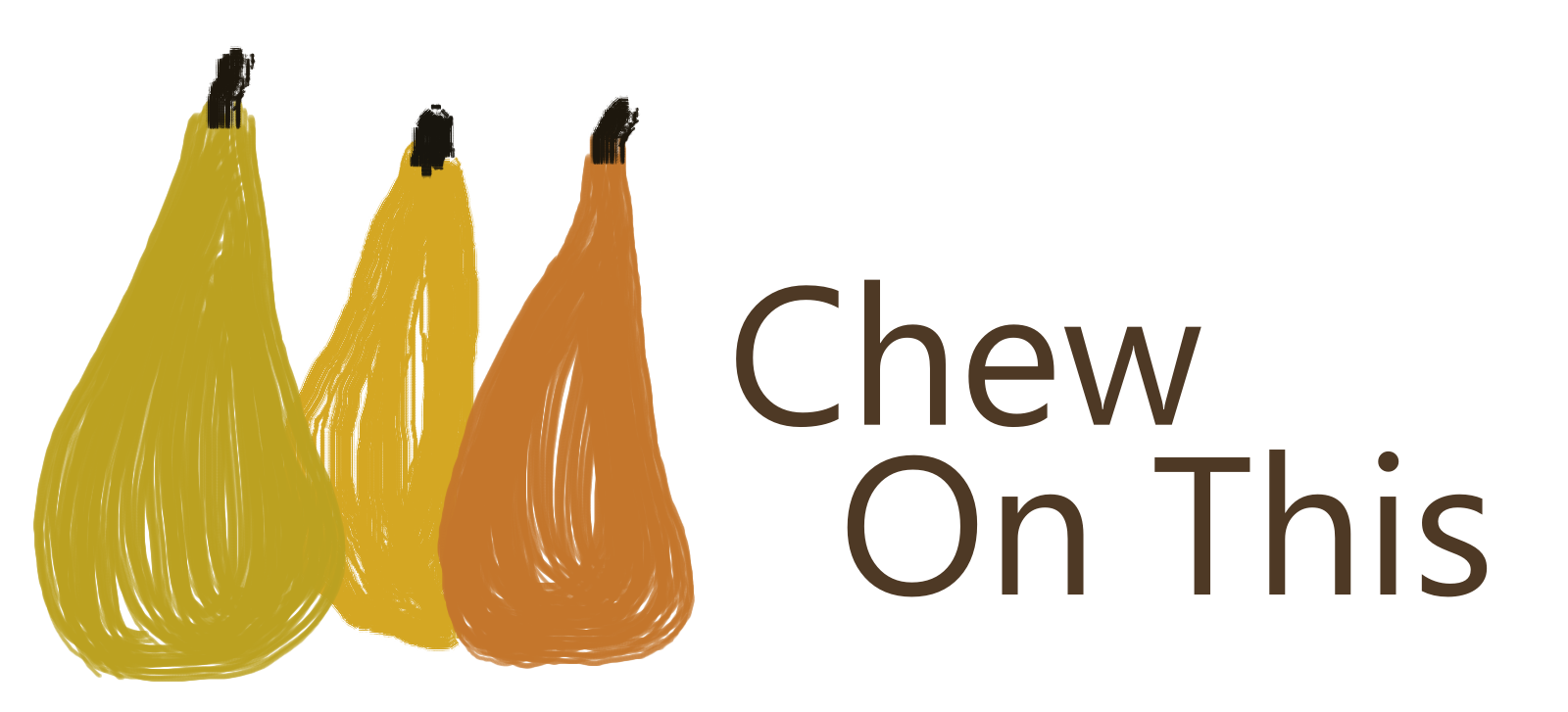It’s a safe bet that many people in Britain have drunk jasmine tea – assuming that they have eaten in a Chinese restaurant at some point in their lives and at least tried tea with their meal. Jasmine tea in fact goes very well with all food, not just Chinese, but this sadly does not seem to translate into retail sales. People do not come out of Chinese restaurants thinking, Hmm, I must get some of that tea to go with my microwave chicken chow mein. The question is, why not?
British people tend to be unfamiliar with China tea products in general and sadly, the quality of jasmine tea served in most Chinese restaurants is usually the lowest grade. The better jasmine teas are astonishingly different and could well be the most seductively scented tea products made anywhere, but few people have tried them.
The majority of top quality China teas are still handmade much the same way as they were hundreds of years ago and this is particularly true of jasmine. Jasmine was one of the varieties which benefited from the expansion and promotion of tea production and consumption under the Song dynasty (960-1279 AD). The last but one Song emperor, Hui Zong (1100-1125) even wrote a learned treatise on tea.
Jasmine (jasminium sambac) is native to the Persian Gulf area and is reputed to have been bought to China in the third century AD. The jasmine is both strange and romantic in that its blooms open only at night, so that is when processing takes place. Jasmine flowers are plucked in the morning and kept cool until evening. As the flowers are about to open and release their scent, they are piled up beside dried green tea leaves which then take on some of the fragrance of the flowers.
After some time, the tea leaf piles are re-piled to expose more leaves to the scent. This process can take place between two and seven times according to the grade of jasmine tea being made. Then the tea leaves are retired to bum away any moisture and prevent mould.
The lower priced jasmine teas are made by machine these days, using mixers and electric driers. Another way to infuse tea with jasmine is to use a wooden chest, layered alternately with tea and flowers. However, the presence of jasmine flowers in tea is not necessarily an indication of high quality. Good quality comes from the basic quality of the green tea and the effectiveness of the scenting. There is also an oolong jasmine scented tea which has a much stronger aftertaste.
Jasmine tea is rather heavily scented and the aroma itself is highly infused so customarily it is drunk with strong tasting food, often fish and seafood. In the West this has come to mean any Chinese food and by far the majority of Chinese food in the UK is Cantonese, thanks to our Hong Kong connection. Within Chinese medicine tea plays a very important role. Different teas are held to carry differing pharmacological functions and jasmine is popularly believed to relieve diahorrea.
Traditionally the best jasmine tea comes from the Fuzhou area in the Fujian province, which is on the China coast opposite Taiwan and a great tea production area. It is however made in many other regions as well.
How to increase sales of China tea is the big issue. At least jasmine tea has a point of reference, its use in Chinese restaurants, but encouraging a customer to overcome their probably indifferent response to such a background tea is a bigger problem. Why not try selling a top quality jasmine tea and suggest they experience the difference?

